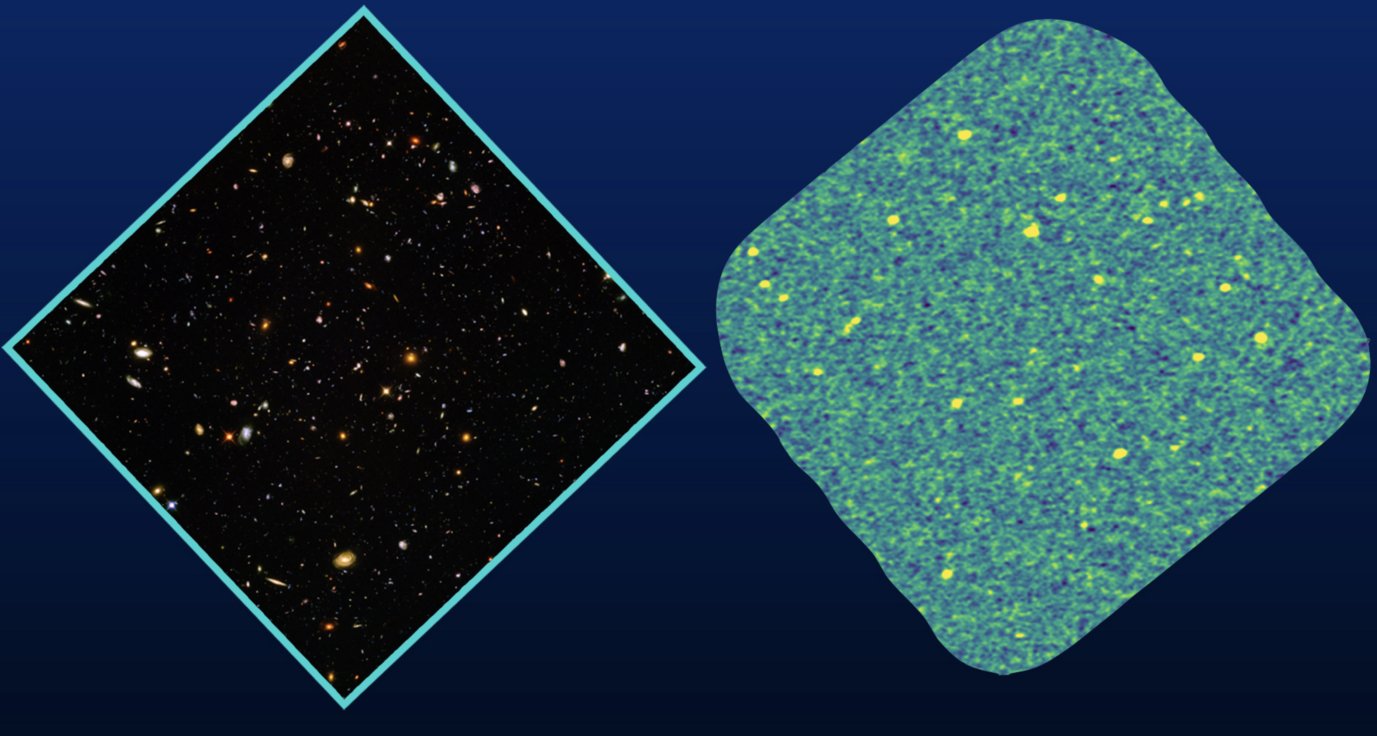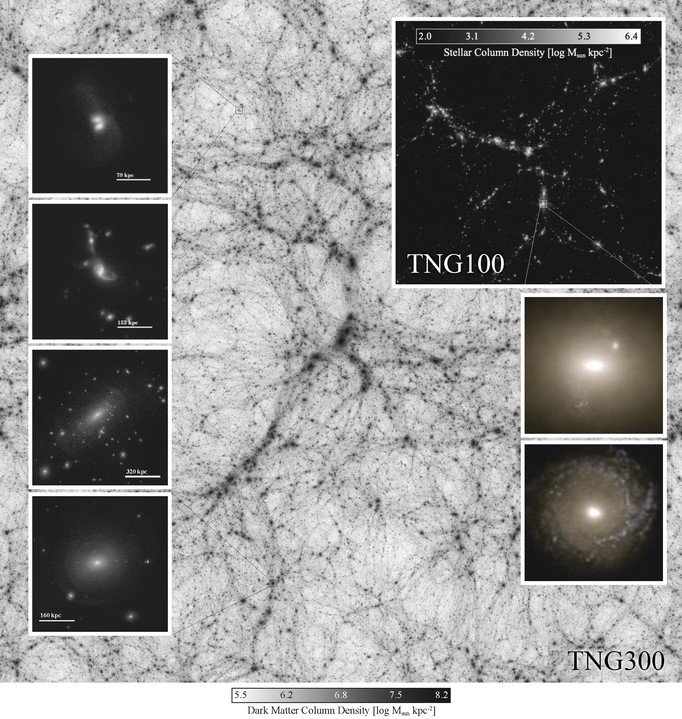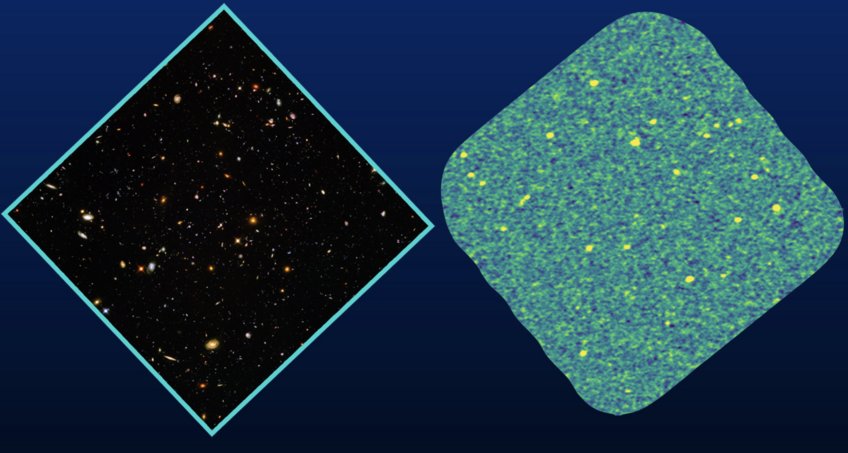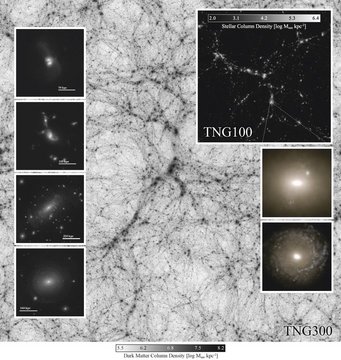Galaxy Formation and Evolution

In a Universe dominated by cold dark matter and a cosmological constant, galaxy formation and evolution is a complex combination of the hierarchical growth of structures, cooling of gas towards the center of dark matter haloes, stellar formation and stellar evolution, production of heavy elements, exchanges of energy and momentum between stars and super massive black holes on the one side and gas on the other, galaxy mergers and interactions, secular evolution, etc.
We address a range of questions of galaxy formation and evolution both via observations as well as via numerical modelling. Studies of galaxies across cosmic epochs, all the way out to the Epoch of Reionization, are crucial to understand the characteristics, evolutionary pathways, and mutual interactions of the galaxy populations. These require a combination of dedicated deep and unbiased panchromatic surveys that reach the depths required to study the emission from some of the youngest galaxies in the universe, as well as studies of individual galaxies. We complement observations with state-of-the-art cosmological magneto-hydrodynamical simulations of thousands of galaxies while simultaneously resolving the internal structure of individual ones, currently down to spatial scales of about 100 parsecs.
Observations: Building on the legacy of previous large optical and near-infrared surveys (COMBO-17, GEMS, COSMOS, CANDELS, 3DHST) MPIA researchers are leading / are involved in a significant number of multi-wavelength programs that study how galaxies and quasars formed and evolved when the universe was less than half of its current age. These studies of the stellar distribution and star formation are complemented by observations of the molecular gas phase, the medium out of which stars form. These observations are obtained using the IRAM facilities (NOEMA and IRAM 30m), ALMA, and the EVLA, including the ALMA large program ASPECS, and the ALMA A3COSMOS program. Together, these observations constrain the gas flows in the Cosmic baryon cycle that put constraints on galaxy evolution simulations.

Simulations: The aim of our theoretical research is to understand how galaxies form and evolve across cosmic epochs and to disentangle the different physical processes that contribute to shape their properties. In particular, we aim at modeling galaxies from the smallest to the most massive ones, in all expected cosmological environments. To do so, we solve the equations of gravity and magnetohydrodynamics in an expanding universe and hence follow the coevolution of cold dark matter, gas, stars, super massive black holes and magnetic fields. The highlight of our efforts is the IllustrisTNG project (www.tng-project.org), a series of cosmological galaxy simulations that allow us to quantitatively address a wide range of scientific questions. These include the process of star formation quenching and its connection to the feedback of super massive black holes, observational signatures of the latter on galaxies’ structures and their gaseous haloes (e.g. in X-ray), the evolution of the structures and kinematics of galaxies (in both stars and gas), the imprint of the hierarchical growth of structure and mergers on galaxies and their stellar haloes, and the effects of environment in galaxy evolution, including interesting objects like jellyfish galaxies.

